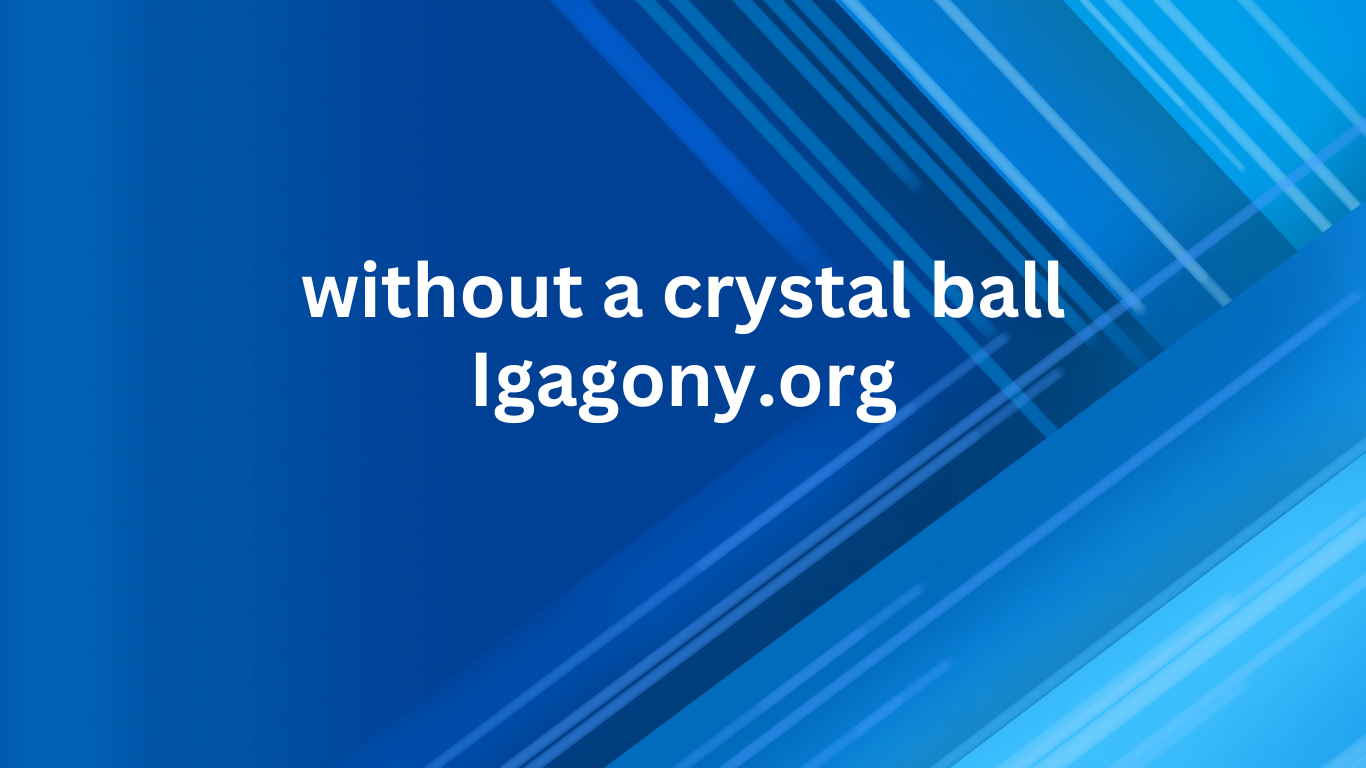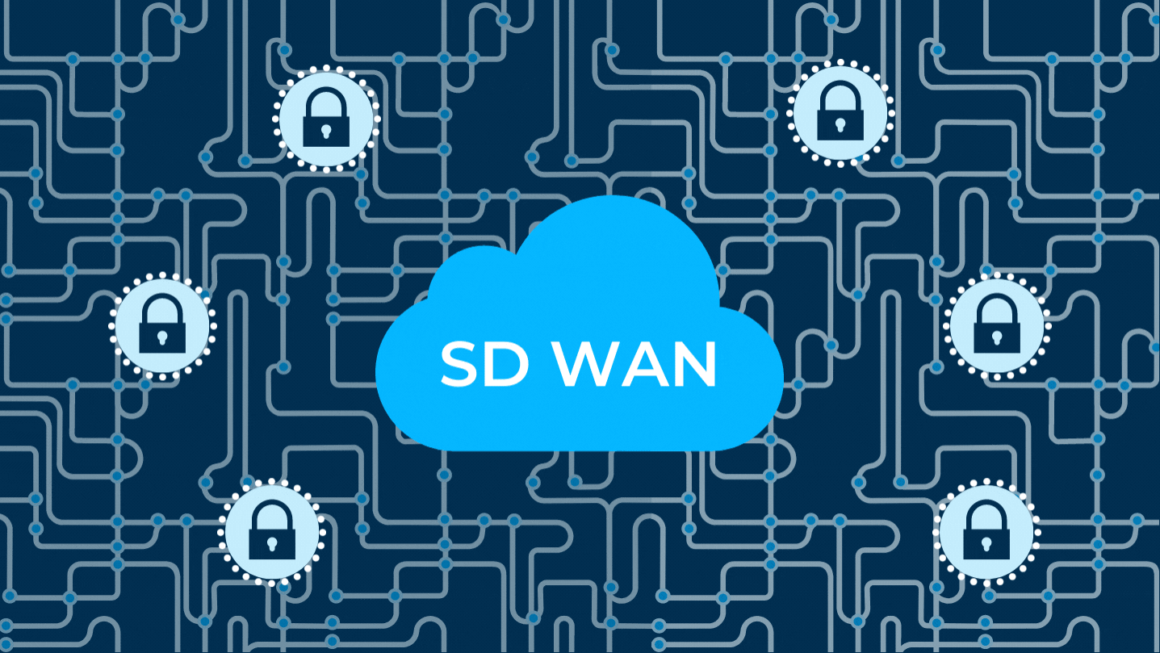In a world that is filled with uncertainties, we often wish for a clear and precise way to navigate the future. The idea of a crystal ball, offering an easy glimpse into what lies ahead, seems like the perfect solution. However, the truth is, no such tool exists, and life’s unpredictability is something we must accept. The future is an unknown realm, where decisions are often made in the face of ambiguity, risk, and an absence of crystal-clear answers.
Nevertheless, the ability to make decisions without a crystal ball is a skill that can be honed. Rather than waiting for ideal conditions or perfect knowledge, we can develop strategies that allow us to make confident and informed choices. Whether in our personal lives, professional settings, or business decisions, embracing uncertainty can empower us to move forward without the need for guaranteed outcomes. This article explores the art of decision-making in a world where the future is not written in stone and offers practical techniques to enhance your decision-making process without needing a crystal ball.
The Challenge of Uncertainty: Why We Can’t Rely on a Crystal Ball
One of the most significant challenges we face when making decisions is the overwhelming presence of uncertainty. Whether it’s deciding on a career change, launching a new business venture, or making personal decisions, there are always unknowns that make the process daunting. In these situations, it’s natural to wish for something like a crystal ball—an object that offers clear predictions about the future. However, relying on such foresight would ultimately hinder us from developing the decision-making abilities that are crucial for success.
The absence of a crystal ball does not mean that we are helpless in the face of uncertainty. On the contrary, learning how to make decisions with limited knowledge or incomplete information is a powerful skill. In fact, it is the cornerstone of leadership, entrepreneurship, and personal development. Making decisions in the absence of certainty is not about predicting the future, but about taking decisive action based on the best available information, while also preparing for various potential outcomes.
The Illusion of Predictability
One of the key lessons in making decisions without a crystal ball is understanding the inherent unpredictability of life. Even when we have access to data, analysis, and expert opinions, the future remains uncertain. Business owners, for example, may research market trends or customer preferences, but even the most thorough research cannot predict an economic downturn, changes in consumer behavior, or unexpected competition.
Accepting that the future is unknowable enables us to focus on making decisions that align with our values, goals, and resources in the present. Instead of getting caught in the trap of overanalyzing potential outcomes, we can take action and adapt as needed.
1. Setting Clear Goals: Your Compass in the Unknown
One of the most effective ways to navigate decision-making without a crystal is by establishing clear and concrete goals. Without a defined destination, it’s easy to become paralyzed by indecision or overwhelmed by the plethora of choices available. Whether you’re choosing a career path, considering a business investment, or deciding on a personal relationship, a clearly defined goal serves as your compass, helping you navigate the uncertainties ahead.
When you know what you want to achieve, it becomes easier to make decisions that align with your vision. This doesn’t mean that you will always have complete certainty about the future, but it gives you a framework for evaluating options and making choices that are in line with your long-term objectives.
Example: Career Decision
Let’s say you’re considering a career change. You may not know exactly what the future holds in your new field, but if your goal is to achieve greater work-life balance, finding a job that aligns with that goal becomes your priority. By setting a clear objective—such as achieving better work-life balance—you can focus on the opportunities that align with this goal, making it easier to make a decision even when the future is uncertain.
Jackson Guitar CTJ2400644 Elevating Your Music to the Next Level
2. Gathering Information: The Power of Knowledge
Another essential component of decision-making without a crystal ball is gathering relevant information. While we may not be able to predict every possible outcome, we can arm ourselves with knowledge about the present circumstances. The more information you gather, the clearer your decision-making process will be. However, the key here is not to drown in an overwhelming amount of data, but rather to focus on the most relevant pieces of information that will help guide your decision.
Researching, consulting with experts, and leveraging available resources can help you gain a clearer understanding of the options in front of you. This process will not remove the uncertainty of the decision-making process, but it will provide you with valuable insights to make more informed choices.
Example: Business Investment
Imagine you are considering a significant business investment. You can’t predict the future performance of the market or the success of the venture. However, by thoroughly researching industry trends, evaluating the credibility of the people involved, and studying past performance, you can gather valuable insights that will inform your decision. While this information can’t give you a crystal-clear prediction, it allows you to make a well-informed choice based on the current available facts.
3. Trusting Your Intuition: The Unseen Power Within
While facts and data are essential components of decision-making, it’s also crucial not to ignore the power of intuition. Many times, our gut feelings are rooted in years of experience, knowledge, and subtle cues that our conscious minds may not fully recognize. Trusting your intuition when making decisions without a crystal ball can be a powerful tool.
Intuition is not an arbitrary or random feeling. It is informed by your subconscious mind, which processes vast amounts of information that you may not be consciously aware of. This makes your intuition a valuable asset, especially when faced with situations where hard data is unavailable or inconclusive. By paying attention to your inner instincts, you can make choices that align with your deeper values and goals.
Example: Personal Decision
Suppose you are deciding between two job offers. On paper, one offer may seem more lucrative, while the other offers fewer immediate financial rewards but aligns more closely with your passions and long-term career goals. Your intuition may guide you toward the second option, even though it may not be the obvious choice. This intuitive decision-making can be a powerful tool in navigating uncertainty and making decisions that feel right for you in the long run.
4. Creating a Contingency Plan: Preparing for the Unpredictable
One of the major fears that accompany decision-making without a crystal is the fear of making the wrong choice. However, by developing contingency plans, you can mitigate the risks and reduce the uncertainty surrounding your decision. A contingency plan involves outlining alternative courses of action in case things don’t go as expected.
Having contingency plans in place doesn’t mean that you are expecting failure, but it ensures that you are prepared for unexpected challenges. This can give you the confidence to make decisions, knowing that you have a backup plan if things don’t unfold as predicted.
Example: Business Launch
If you are planning to launch a new product, you can create contingency plans for potential setbacks, such as delays in production or issues with marketing. Knowing that you have strategies in place to address potential challenges can make you feel more confident about moving forward, even if you can’t predict how successful the launch will be.
5. Weighing the Pros and Cons: A Structured Approach to Uncertainty
A simple but highly effective way to make decisions without a crystal ball is by weighing the pros and cons of each option. This technique forces you to think critically about the potential benefits and drawbacks of each choice, helping you evaluate the risks and rewards in a structured manner. While this approach won’t eliminate the uncertainty, it helps you see the trade-offs involved in each decision, making it easier to choose the option that best aligns with your goals.
Example: Financial Decision
Imagine you are deciding between investing in stocks or real estate. By creating a list of the pros and cons of each option, you can evaluate factors such as risk, return on investment, and time commitment. While the future is still uncertain, this process helps you make a more informed choice based on the available data.
6. Accepting Imperfection: The Courage to Make a Decision
One of the most important lessons in decision-making without a crystal is accepting that you will never have all the answers. No matter how much you research, plan, or consult with experts, the future remains unpredictable. At some point, you must make a decision based on the best available information and trust that you can adapt if things don’t go as planned.
Perfection is an illusion, and trying to make the perfect decision often leads to analysis paralysis, where you remain stuck in indecision. Recognizing that you can never have complete certainty frees you to take action and move forward.
Example: Life Decision
Consider a decision like moving to a new city. While you can gather information about the city’s job market, cost of living, and lifestyle, there will always be unknown factors—such as how you will feel living there or how your relationships will evolve. Accepting these uncertainties and making the decision with confidence will allow you to move forward and embrace new experiences.
Conclusion: Embracing the Art of Decision-Making Without a Crystal Ball
While we may not have the ability to predict the future, the art of decision-making without a crystal ball is about making informed choices despite uncertainty. By defining clear goals, gathering relevant information, trusting your intuition, preparing for contingencies, and accepting imperfection, you can confidently navigate life’s complexities.
In the absence of a crystal ball, the ability to make decisions is not about knowing exactly what will happen next, but about taking action based on what is best for you in the present moment. By applying these strategies, you can make decisions that align with your values, goals, and resources, ultimately empowering you to create a future that reflects your aspirations.



